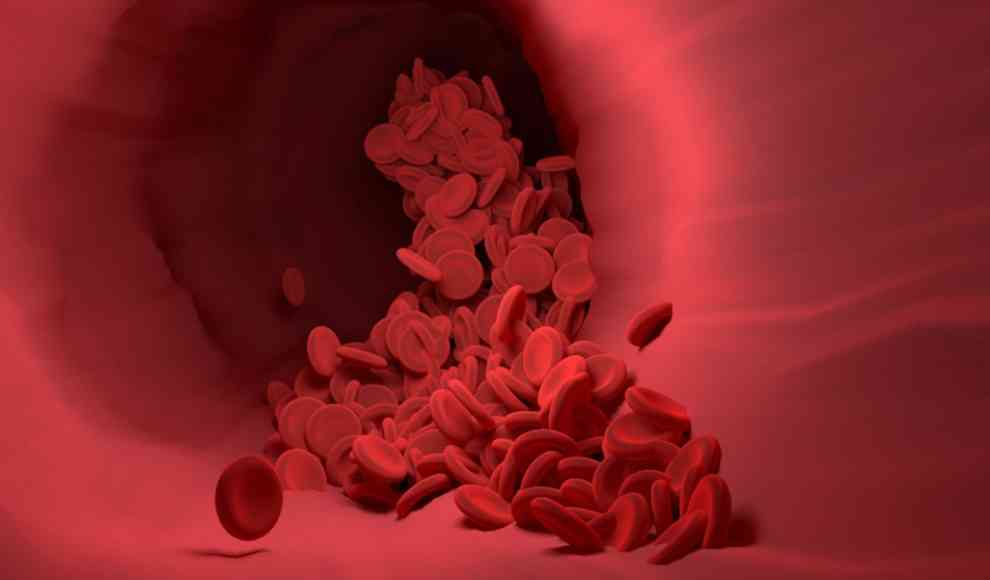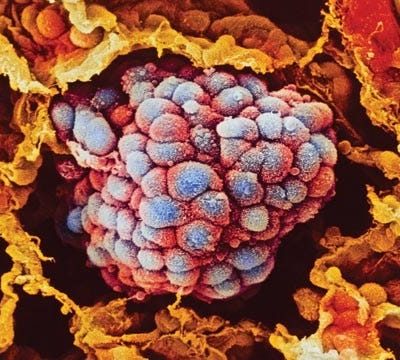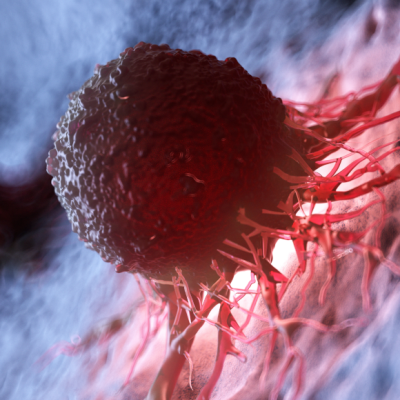A new blood test has been developed that can detect 50 different types of cancer with varying degrees of accuracy, ranging from 18% to 93% depending on the stage of the disease. On average, the test achieves 43.9% accuracy across all stages and types of cancer. Developed by scientists at the European Society for Medical Oncology (ESMO), the test analyses the attachment of methyl groups to over one million positions of DNA in the blood, allowing it to differentiate between different types of cancer and identify which tissues or organs are affected. The blood samples are analysed by a self-learning algorithm that determines the type of cancer and the affected tissues based on the patterns it recognises.
The researchers conducted a clinical study using blood samples from 689 cancer patients and a healthy control group. Two-thirds of the cancer patients’ blood samples were used to train the algorithm, while the remaining third was used to test whether the program could accurately detect cancer in the blood. The study found that the test could distinguish between healthy individuals and cancer patients with high accuracy, although the accuracy varied depending on the type and stage of cancer. Early-stage tumours (stage I) were detected in 18% of the participants, while advanced cancer (stage IV) was detected in up to 93% of cases. The overall accuracy of the test across all types and stages of cancer was 43.9%, rising to 67.3% when limited to the 12 most common types of cancer.
The researchers believe that the test meets the basic requirements for a multiple cancer screening blood test, although they acknowledge that the accuracy needs to be improved for early-stage cancers. The test also had a low rate of false positives, with only 0.7% of the tests producing incorrect results. The researchers conclude that this methylation test is a groundbreaking study and a first step towards the development of easy-to-use screening tools that could save millions of lives worldwide by detecting more than 50% of cancer cases each year.










